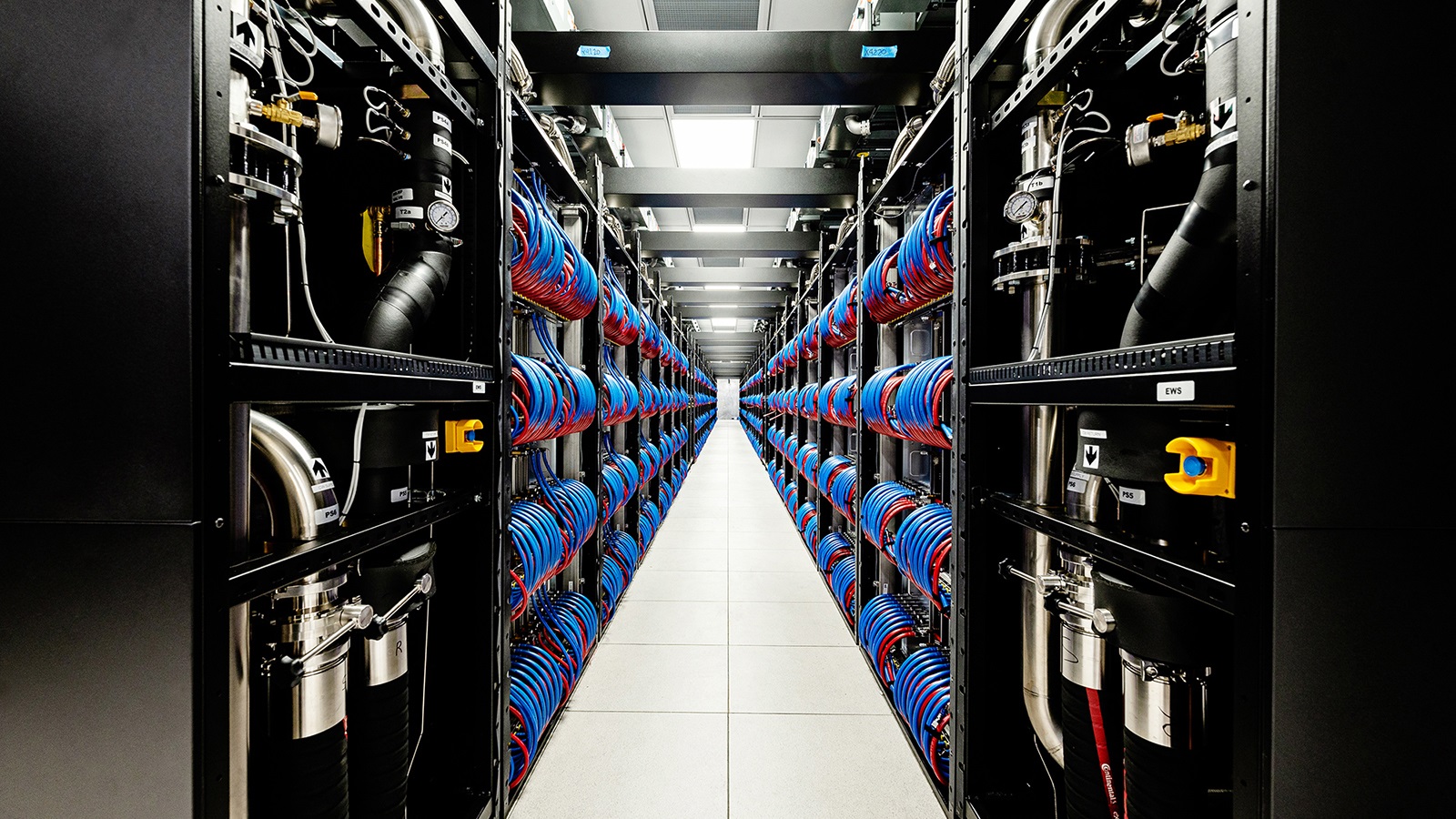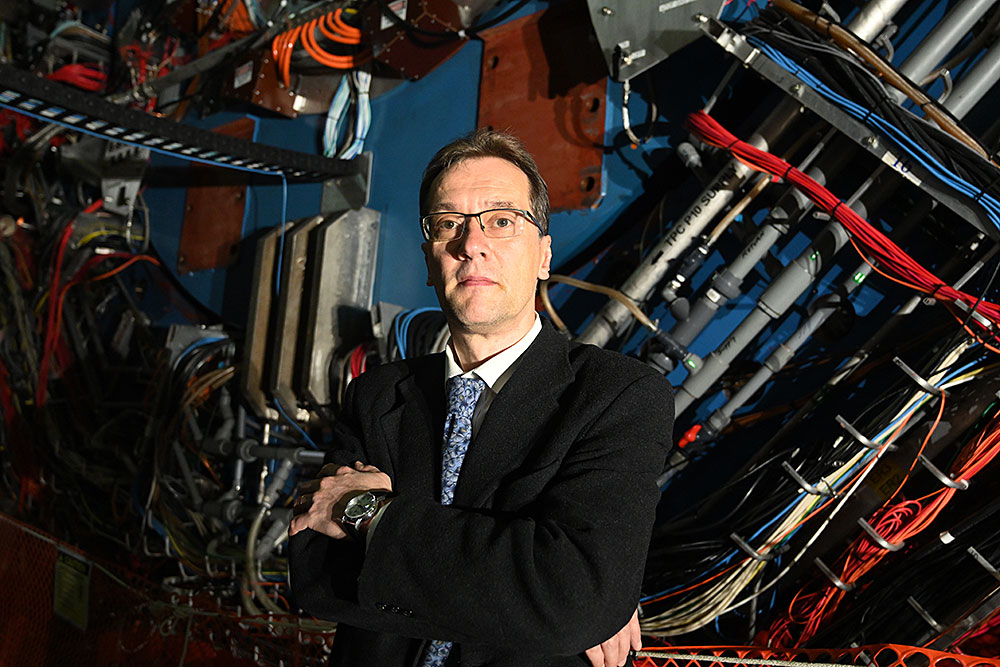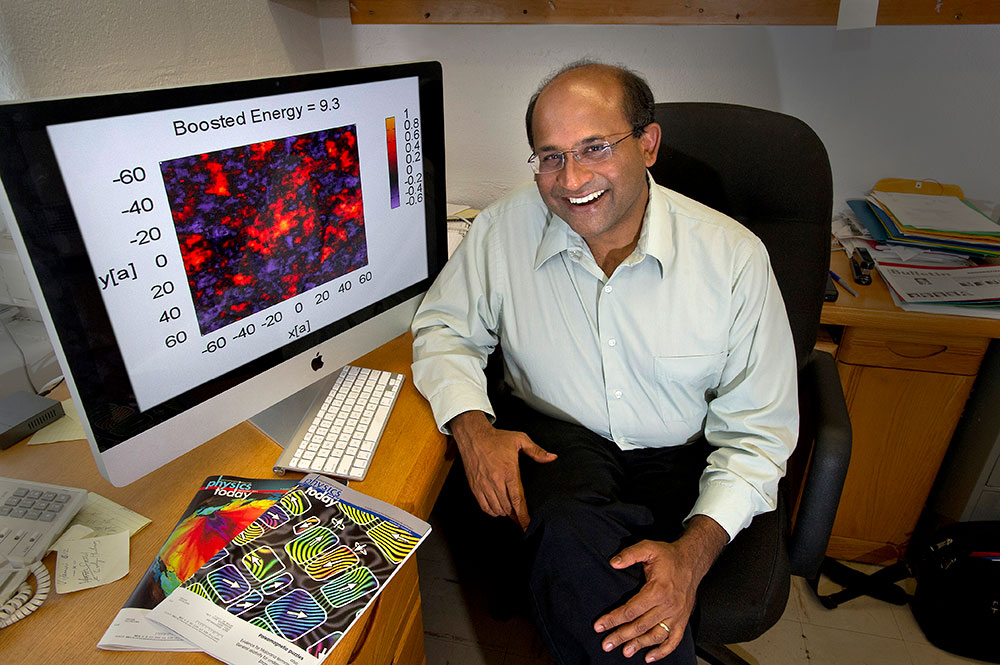As the year comes to a close, the U.S. Department of Energy’s Argonne National Laboratory reviews some of its most notable achievements of 2024.

news, journals and articles from all over the world.

As the year comes to a close, the U.S. Department of Energy’s Argonne National Laboratory reviews some of its most notable achievements of 2024.

Theorists have calculated how quickly a melted soup of quarks and gluons—the building blocks of protons and neutrons—transfers its momentum to heavy quarks. The calculation will help explain experimental results showing heavy quarks getting caught up in the flow of matter generated in heavy ion collisions.
Efforts to harness the power of supercomputers to better understand the hidden worlds inside the nucleus of the atom recently received a big boost. A project led by the U.S. Department of Energy’s (DOE’s) Thomas Jefferson National Accelerator Facility is one of three to split $35 million in grants from the DOE via a partnership program of DOE’s Scientific Discovery through Advanced Computing (SciDAC). The $13 million project includes key scientists based at six DOE national labs and two universities, including Jefferson Lab, Argonne National Lab, Brookhaven National Lab, Oak Ridge National Lab, Lawrence Berkeley National Lab, Los Alamos National Lab, Massachusetts Institute of Technology and William & Mary.
Computers help physicists solve complicated calculations. But some of these calculations are so complex, a regular computer is not enough. In fact, some advanced calculations tax even the largest supercomputers. Now, scientists at Jefferson Lab and William & Mary have developed MemHC, a new tool that uses memory optimization methods to allow GPU-based computers to calculate the structures of neutrons and protons ten times faster.

The Simons Foundation has announced a new research collaboration to explore the “glue” that holds the visible matter of the universe together. This team will delve into the details of quantum chromodynamics (QCD) — the theory that describes the interactions among the most fundamental building blocks of visible matter.

Using the nation’s fastest supercomputer, Summit at Oak Ridge National Laboratory, a team of nuclear physicists developed a promising method for measuring quark interactions in hadrons and applied the method to simulations using quarks with close-to-physical masses.